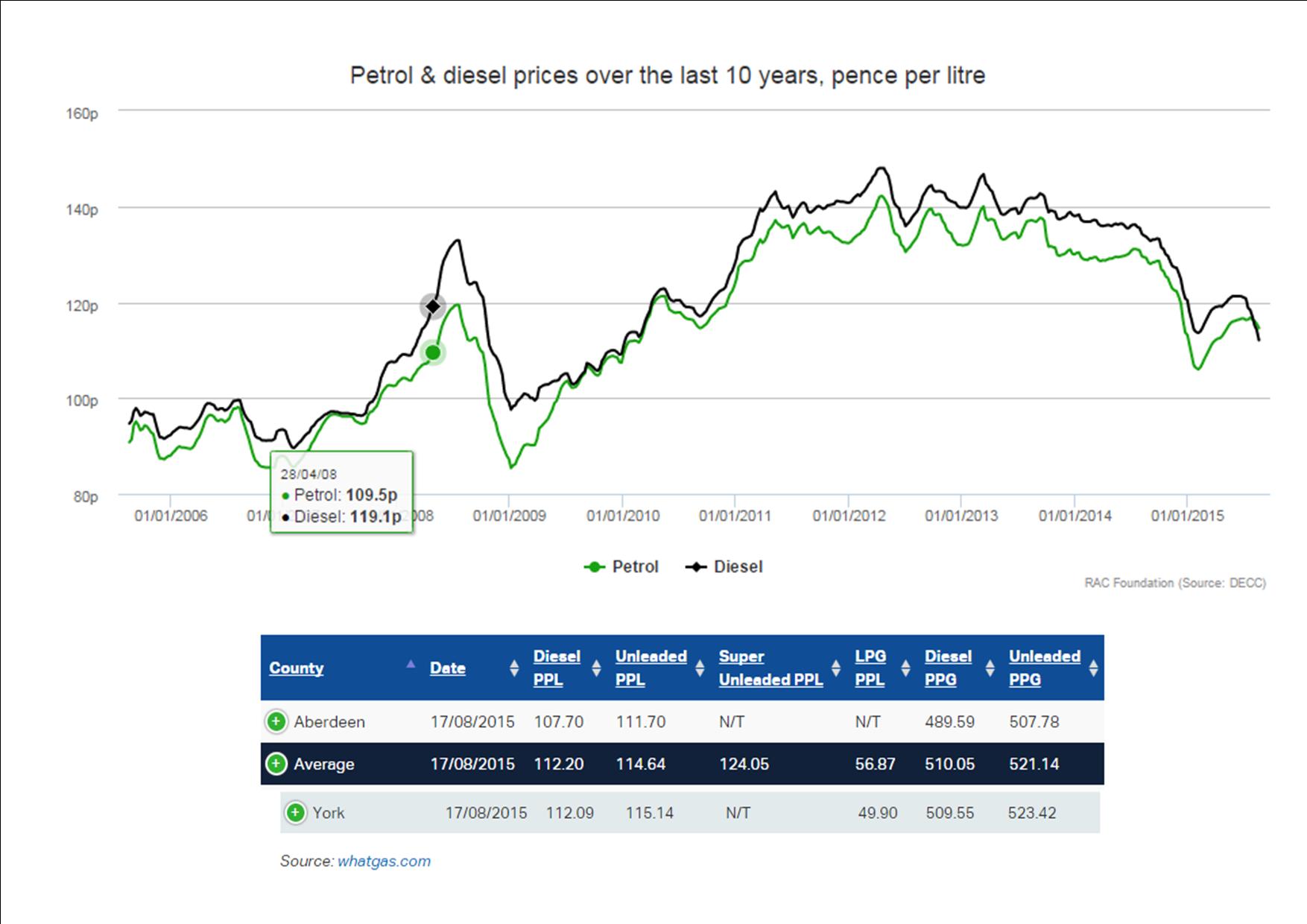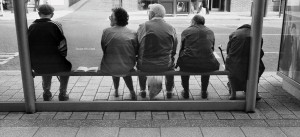Bus passengers in York are calling on the Council to review its bus shelter policies for suburban areas.
A lot of money has been spent on the bus stops on the York City centre in recent years. Hundreds of thousands more will be spent as the area outside the station is remodelled.
but there has been little progress made in providing “next bus due” real time information on most of the network. Even busy routes with inter -urban services like Tadcaster Road lack passenger information (and shelter)
Mobile device systems have been developed but they are not user friendly and often revert to providing just when the timetabled service should arrive.
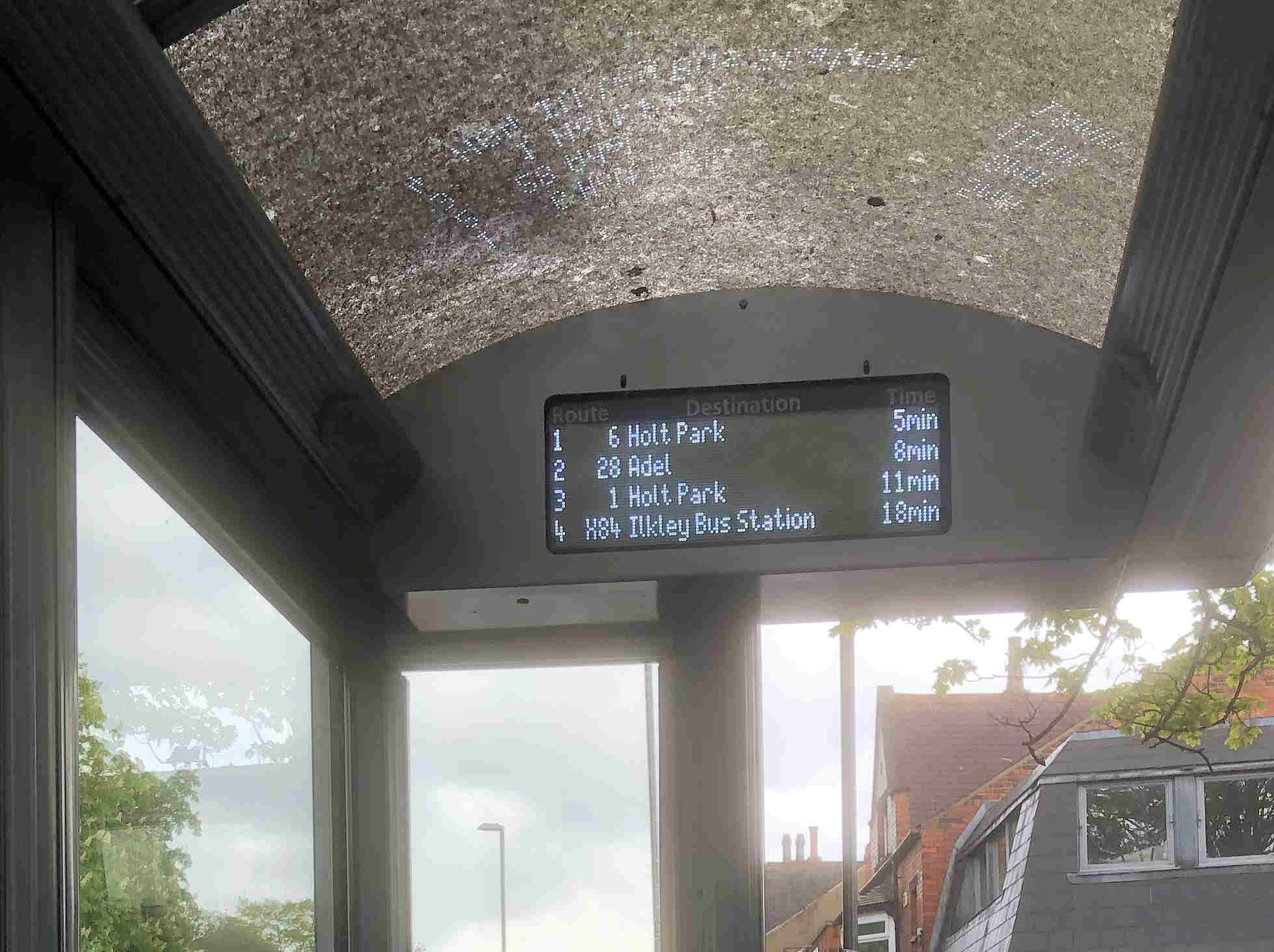
Some bus shelters are redundant following changes to bus routes which took place several years ago. The shelter below on Tudor Road is an example. The local number 4 service only serves the opposite side of the road on its clockwise route round Acomb. Now all the shelter does is attract anti social behaviour
As a consequence there is a large amount of litter on the near by verge while ponding on the adjacent footpath has never been properly addressed.
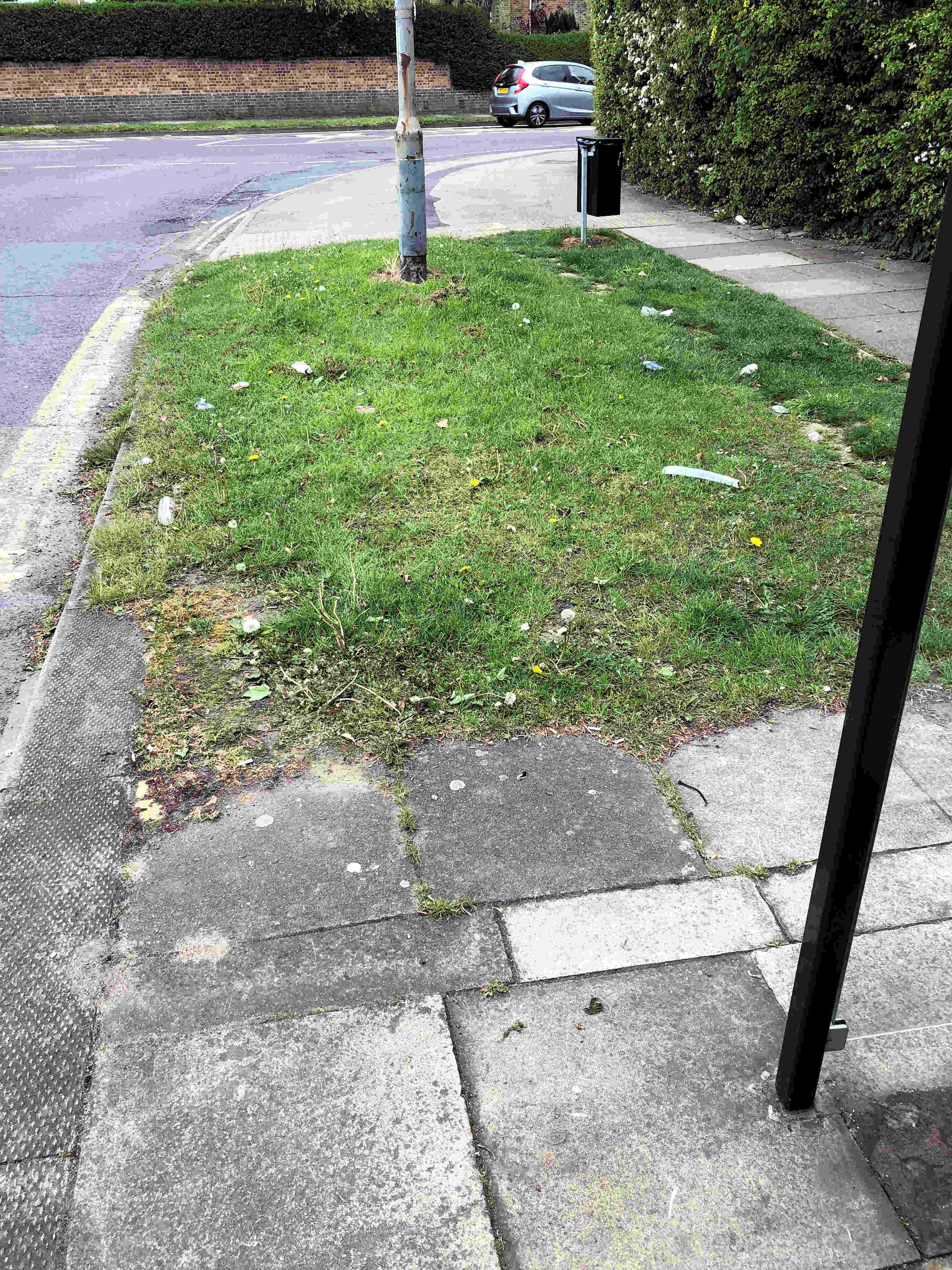
It is an issue that the various public transport pressure groups in the City have failed to get to grips with.

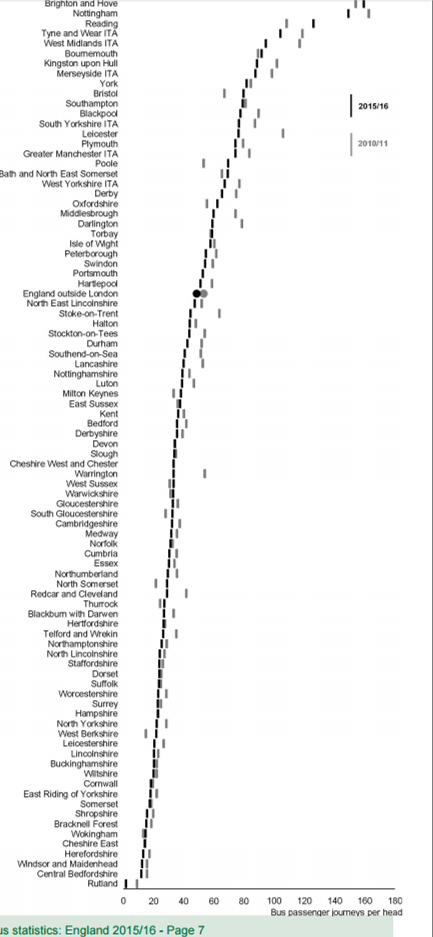
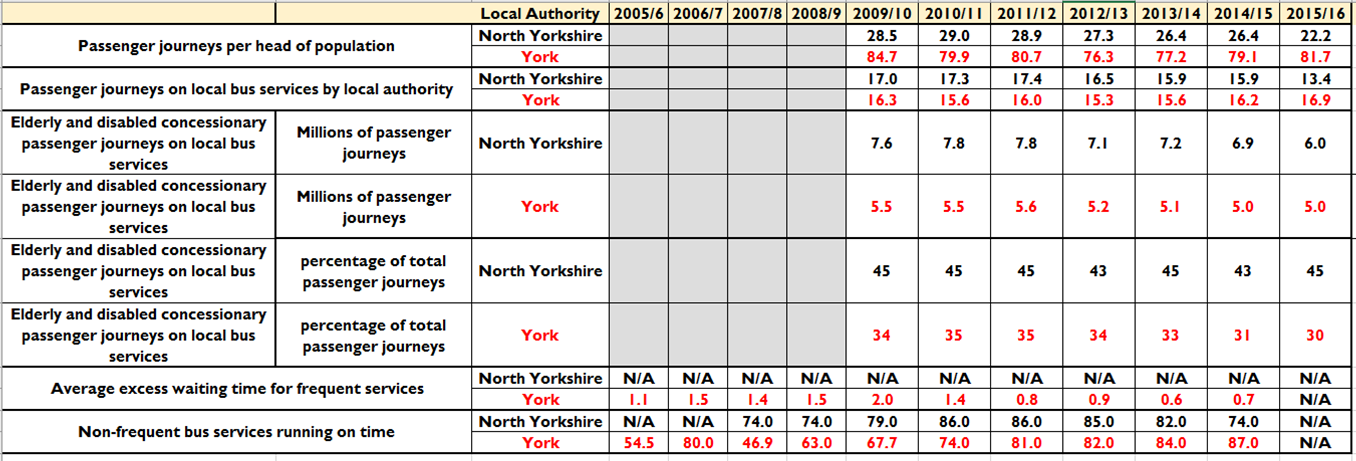
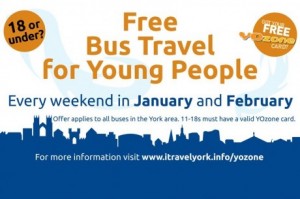 The Councils offer to provide
The Councils offer to provide 